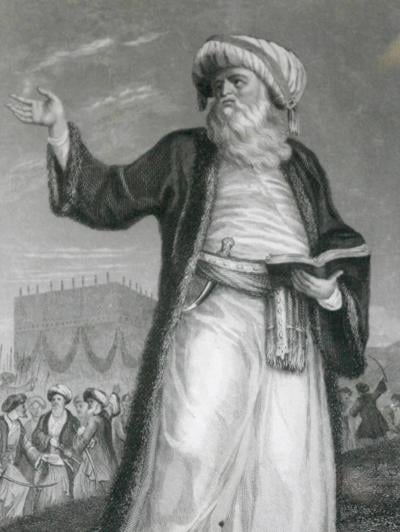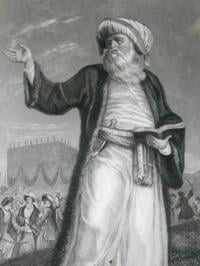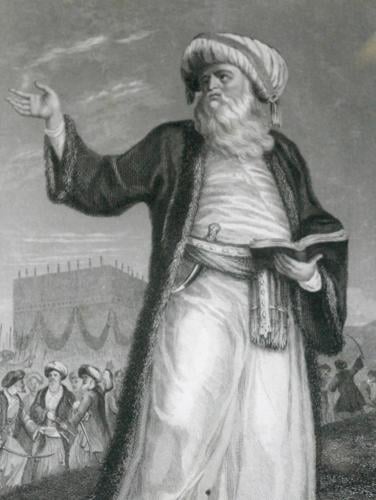This month, 10 employees of Charlie Hebdo, a French satirical weekly, and two police officers were murdered by a band of masked gunmen who shouted "Allahu Akbar," or "God is great," as they opened fire on the publication's Paris newsroom. Among the dead were four cartoonists who provided the weekly with numerous cartoons depicting images of the Prophet Muhammad, the founder of Islam. Islam prohibits images of the prophet. As the gunmen departed, one was heard to shout, "We avenged the Prophet Muhammad. We killed Charlie Hebdo."
Question: Why does Islam ban images of its founder?
Answer: The Quran does not specifically forbid images of the Prophet, but some point to a verse in which Abraham asks his people, "What are these images to which you cleave?" There are hadith - stories about Muhammad and sayings attributed to him - that forbid visual representations of Allah or the prophets. That includes Abraham, also considered the founder of Judaism, and Jesus, the founder of Christianity.
The ban stems from the idea that images of Muhammad, Abraham and Jesus might encourage worship of them instead of Allah.
Q: Do other religions ban images of their prophets or of God?
A: Yes and no. Judaism bans "graven images," thus the scarcity of human figures represented in synagogues. And some Christians get upset over more extreme representations of Jesus.
Q: Why do some Muslims consider this worth killing over?
A: Because Islam bans such images, it's considered blasphemous to create them. Plus, the images published by Charlie Hebdo were not complimentary portraits, but satirical criticism of Islam. Still, many Muslims have condemned the attacks.
Q: Is this the first time Western journalists have been targeted for publishing images of Muhammad?
A: No. In 2005, the Danish newspaper Jyllands-Posten published 12 cartoons of Muhammad, which led to mostly peaceful protests by local Muslim groups. More violent protests sprang up in other countries.
In 2012, at least 50 deaths worldwide were attributed to protests of a trailer of "Innocence of Muslims," a film that criticized Islam and featured an actor's portrayal of the prophet.
And Charlie Hebdo had been the target of extremists before. That's why two police officers were stationed there to protect the journalists. In 2011, the newspaper claimed that an issue was "guest-edited" by Muhammad, and the cover featured a cartoon of him promising "100 lashes of the whip if you don't die laughing." The paper's offices were firebombed in response.
Q: If the journalists knew they were in danger, why did they continue to publish cartoons?
A: We'll let Stephane "Charb" Charbonnier, one of the slain cartoonists, answer this one. Asked that question, he said: "I am not afraid of retaliation. I have no kids, no wife, no car, no credit. It perhaps sounds a bit pompous, but I prefer to die standing than living on my knees."
kimberly winston, religion news service







 Your Privacy Choices
Your Privacy Choices